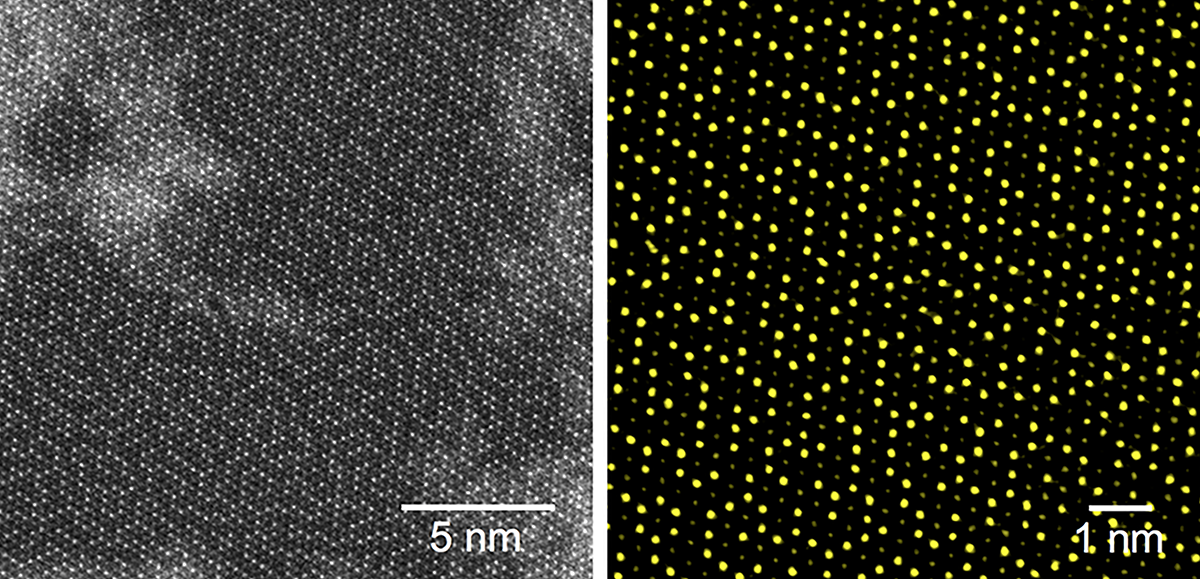Researchers at Oak Ridge National Laboratory and the National Energy Technology Laboratory have developed and 3D printed the lightest crack-free alloy capable of operating without melting at temperatures above 2400 degrees Fahrenheit. This milestone could enable additively manufactured turbine blades to better handle extreme temperatures, reducing the carbon footprint of gas turbine engines such as those used in airplanes.
Tag: alloy design
Say Hello to the Toughest Material on Earth
Scientists have measured the highest toughness ever recorded, of any material, while investigating a metallic alloy made of chromium, cobalt, and nickel. Not only is the metal exceptionally strong and ductile, its properties become enhanced as it gets colder. This runs counter to most other materials in existence.

Borrowing from birds, experts reduce search times for novel high-entropy alloys to seconds
Computational materials science experts at the U.S. Department of Energy’s Ames Laboratory enhanced an algorithm that borrows its approach from the nesting habits of cuckoo birds, reducing the search time for new high-tech alloys from weeks to mere seconds.

2D Electronics Get an Atomic Tuneup
Scientists at Berkeley Lab have demonstrated a new technique that could improve the performance of atomically thin semiconductors for next-generation electronics such as optoelectronics, thermoelectrics, and sensors.